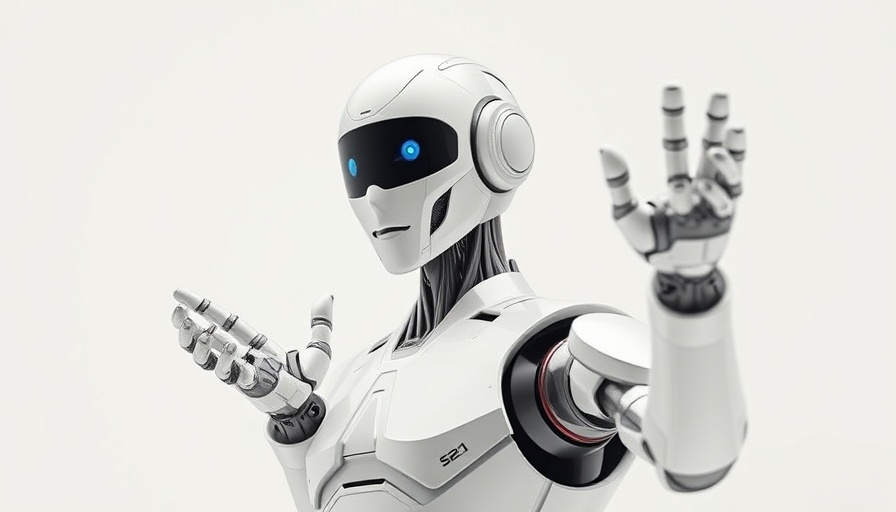
Realbotix: Bridging Language Barriers with AI Technology
Realbotix Corp., renowned for its advanced humanoid robots, has made significant strides in enhancing global customer service accessibility through language integration. The company's recent announcement reveals that its latest robot can now communicate fluently in 15 major languages, along with support for over 147 additional languages and dialects.
This leap into multilingual capabilities not only enhances the robot's functionality but extends its usability to various industries such as hospitality, healthcare, and tourism. As the world becomes increasingly interconnected, the need for effective communication across cultures and languages is paramount. With Realbotix's innovation, the robot can now engage with individuals in their preferred languages, opening doors to better service and customer satisfaction.
The Role of Multilingual Robots in Service Industries
The integration of multiple languages allows Realbotix robots to serve in international settings like airports, hotels, and museums, providing real-time assistance and fostering a welcoming environment for global visitors. As CEO Andrew Kiguel remarked, "the ability to understand and respond in someone’s native language builds trust and makes the experience more personal." This approach positions Realbotix at the forefront of enhancing customer experiences through personalized interactions.
In healthcare, this technology proves even more critical. Robots can act as interpreters, helping patients convey symptoms and medical concerns in their own languages, thus improving communication with healthcare professionals. This capability is essential for ensuring that all patients receive the quality care they deserve.
Future Trends: The Growing Importance of AI in Global Communication
The expansion of language support in AI is not merely a technological marvel; it signifies a fundamental shift in how organizations will interact with diverse populations. As AI continues to evolve, we can expect more sophisticated applications in real-world scenarios, particularly those requiring nuanced human interactions.
Experts indicate that as AI technologies become more embedded in customer service, companies that adapt to these innovations will likely lead their industries. The ability to offer multilingual support is becoming a differentiating factor in competitive markets as businesses strive to appeal to an increasingly global audience.
The Practical Impact of Multilingual AI Solutions
For businesses, integrating multilingual AI solutions can reduce language-related barriers and enhance operational efficiency. Companies may see improved customer satisfaction rates due to the personalized interactions facilitated by AI. Furthermore, with the rise in globalization, having a workforce that can bridge language gaps is not just beneficial; it's becoming essential for success in the international arena.
Conclusion: The Future is Multilingual
As Realbotix continues to enhance its AI platform with features like advanced speech and emotional recognition, the implications of these technologies stretch beyond mere communication. They represent a move toward more inclusive and personalized services across diverse sectors. By embracing multilingual capabilities, businesses can foster environments that are not only more welcoming but also more effective in meeting their clients' diverse needs.
The rise of AI-powered multilingual communication is not just a trend; it's a significant evolution in how we approach global customer service. As we look to the future, businesses must consider how adopting these technologies can shape their interactions with customers in a meaningful way.
 Add Row
Add Row  Add
Add 




Write A Comment